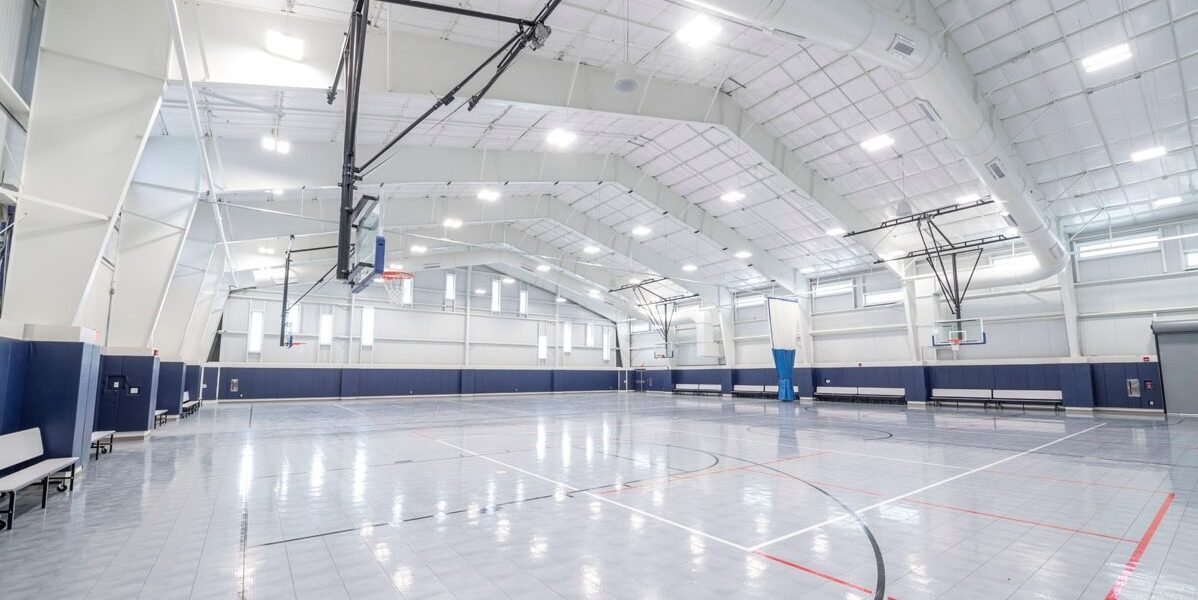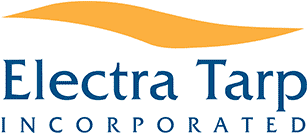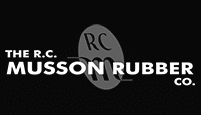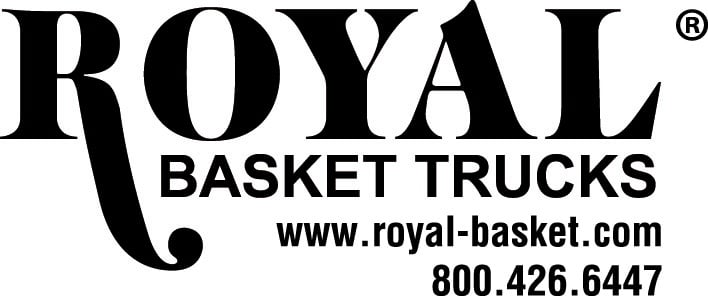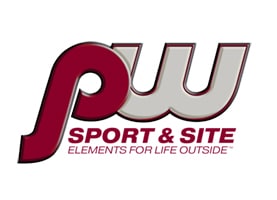Your next sports or multi-purpose facility’s success will depend on careful planning, measuring, and communication. Here’s how you can keep your gym or sports field construction or renovation project under budget and still meet the needs of your diverse congregation.
If you are a church pastor, worship leader, or church administrator, your life’s work may not overlap daily with the tasks of an athletic director or general contractor. Regardless, many religious organizations value the camaraderie and team spirit that sports facilities can build in a congregation. If your current facilities do not include a suitable gymnasium, sports fields, or even a multi-purpose space, or if you have been considering an upgrade or expansion, a leadership team should be recruited and actively involved in the process of brainstorming, planning, fundraising, and operating the future facility. It is wise to consider these additions or renovations carefully before making an investment.
Explore creative options for indoor and outdoor spaces. Consider the current and future demographics of your members and community and adapt your plans accordingly. Certain ages and experience levels may have preferences for certain sports. Parking, weather, nearby amenities, volunteer support, and more will affect usage. Ideally, you can plan your sports facility to allow for multiple uses, including non-sports utilization such as youth activities, meetings and community events in the same spaces now and in the future.
Think ahead to possible future phases that maybe aren’t in the budget right now. Trends in sports and fitness can be a challenge to keep up with. Portable equipment might be a good investment even if it’s more expensive initially. Futsal, tennis, badminton, team handball, and pickleball can be added to most traditional basketball and volleyball gyms. Grassy spaces can offer soccer, football, lacrosse, field hockey, and badminton, and outdoor basketball can be installed around a parking lot.
If selecting ceiling or wall mounted equipment, consider what is already mounted from your gym’s ceiling and walls and also consult the building manufacturer or the structural engineer to confirm what the building is capable of supporting. This step is one most would rather avoid, but it is critical to confirming the equipment can be supported by your current building (or your planned-for building). Expensive retrofits, while sometimes possible, can be avoided with engineering assistance early on in the design phase. Ceiling and wall mounted equipment is not one-size-fits-all, and its custom nature makes measurement and engineering even more important to the project’s success. Don’t forget to budget for divider curtains that can double or triple the usable space for practices and games without the expense and restriction of additional walls.
Often overlooked in the planning stage, the allocation of equipment storage and set-up space is just as important as the public play areas. Remember, those portable basketball systems, volleyball standards, racquets, nets, and balls need a safe place away from public areas, protected from theft and vandalism. Similarly, portable outdoor equipment needs to be designed with safety in mind to avoid contact or tip-over injuries, and storage and access should be an important consideration for unsupervised play areas. An organized system for storage means less damage, fewer injuries, and reduces the likelihood of loss. Creative designs might include a spectator observation area in space that doubles as portable equipment storage when not in use.
For many in church leadership positions, a sports project is a little out of their wheelhouse, but when looked at as an opportunity to support your members and boost community spirit, it really is no different than any other project on the daily agenda. Setting specific outcomes for the finished facility with the decision-making team’s help and incorporating efficiencies and strategies offered by outside experts will pay dividends.
Here are a few tips from the experts for a successful sports facility project.
Plan for future expansion.
At the current cost of construction, you want your new or renovated facility to meet the needs of your program now and for many years to come. Even if your budget is small, architects can design in features to allow for cost-effective future expansion if you visit with them about your interest in growth and industry trends.
Consider flexible spaces that could boost revenue.
You could host major funders at your own facility or even rent out your facility to the community. Many gymnasiums serve dual or multiple purposes with banquet facilities, locker rooms, and spectator facilities under one roof. If your planning team sees this as a benefit, work with your design professionals to incorporate these features into the blueprints.
Invest in quality equipment.
Considering the life cycle of the equipment you purchase should be a primary concern. Replacing equipment can not only be an unwelcome operating budget concern in the early years before the facility is out of the red, but is also a safety and liability concern. Reviewing warranties and specifying trusted manufacturers with a track record in the industry can be crucial to your facility’s bottom line.
Design the building with adequate support and space.
Ask your building manufacturer or a structural engineer if adding steel specifically for ceiling or wall suspended equipment is recommended. Including the necessary support structure in your initial project can save money and reduce the risk of construction delays. Imagine the spaces in front of, to the rear of, and on either side of the equipment you are hoping to include in your facility to avoid interference when moved into storage position.
Seek expert advice.
Manufacturers outfit sports facilities of many types every day and can be another source of advice as you sort through what is important to you and your audiences. Listening to industry experts is a best practice you’ll hear from those who have achieved the facility ribbon-cutting phase before. It can be tempting to accept offers of in-kind help and advice from the congregation, but the more professionals you involve, the more likely your project will stay on time and the less likely there will be hard feelings.
Dave Smith is project team director at IPI by Bison, headquartered in Lincoln, Nebraska. For over 30 years, IPI by Bison has engineered and manufactured innovative products to schools, park districts, rec centers and private clubs for indoor and outdoor sports and recreation activities, www.ipibybison.com.


